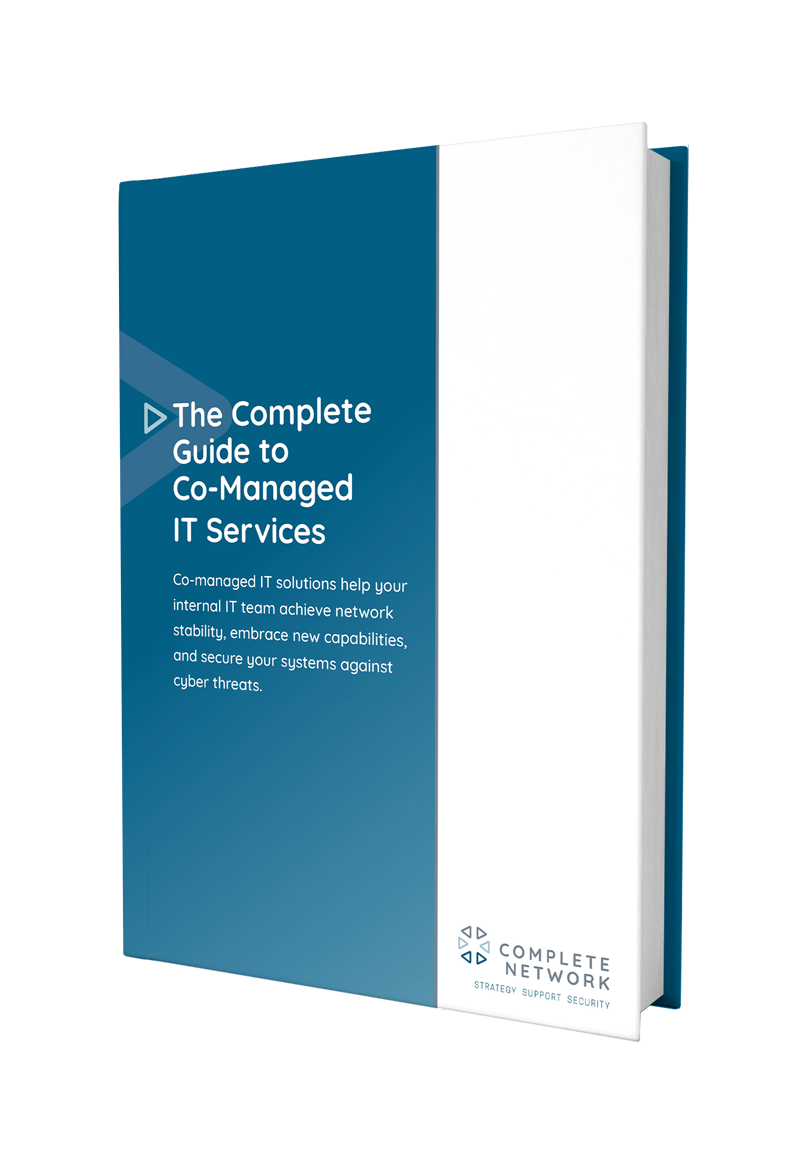We’re always eager to dispel myths and help our clients better understand technology. One topic that we often see businesses get confused about is the difference between residential- and business-class Internet connections.
Residential-class connections are much cheaper than business-class ones, which can make them attractive to organizations that are looking to control costs. However, there are several important differences that make business-class Internet the clear winner for companies that want to maximize the value of their IT or ensure optimal security.
Residential Internet connections are not designed to provide the reliability that businesses require.
The most important difference between the two is that residential Internet connections are not designed to provide the reliability that businesses require. Commercial Internet connections offer a detailed service-level agreement (SLA), which outlines in technical terms the specifications of your Internet connection, as well as the responsibilities of your telecom provider to ensure service quality. Here are some of the things you’ll find in a good telecommunications SLA:
Mean time to Repair (MTTR) is a term you’ll likely see in a business-class Internet SLA. Most commercial grade telecommunications contracts come with a four-hour MTTR, which means that if something goes wrong with your connection, someone will be onsite fixing your problem within 4 hours. In contrast, residential Internet contracts come with a “best-effort” service agreement, which basically means that if your Internet goes down there’s no clear point at which you can plan on having it back.
Cable circuits that are commonly found in regular broadband connections often share a circuit with other end-users, meaning that the speed of your Internet is likely to fluctuate as the number of users on that connection increases or decreases. Do you want to upload a large file or back-up important data during a peak time? A non-commercial Internet connection can slow down and impede your progress.
According to SanDisk, companies lose about one week of productivity per year because of slow Internet connections. Having SLA-backed performance that doesn’t fluctuate during peak times can help to mitigate this problem.
While residential Internet connections offer attractive download speeds, what you may notice is that the upload speeds are much slower. For residential customers, who spend most of their time watching YouTube or Netflix, that’s no problem. For businesses it’s a very different matter, as there are several ways that this can seriously affect your operations. Here are two common scenarios:
Businesses have enthusiastically adopted cloud computing services, for good reason. When used properly, they can help your business scale, control costs, and work more efficiently. However, cloud applications require strong two-way connectivity. No matter if you’re using enterprise resource planning (ERP), customer relations management (CRM), cybersecurity applications, or others, ensuring the quality of service (QoS) of your cloud applications requires proper Internet bandwidth, in both upstream and downstream directions.
To keep data safe, it’s crucial that businesses regularly back it up to an off-site location, but slow upload speeds can hinder disaster recovery or business continuity services by delaying those processes. In terms of disaster recovery, slow uploads aren’t just a nuisance, they could contribute to substantive financial and reputational damage.
There are other ways that business-class connections can contribute to improved productivity as well, such as reduced network latency. Network latency means the amount of time it takes for a unit of data (known as a “packet”) to make its way from your network to its destination, and vice versa.
Residential-class telecommunications packages usually make no guarantees about latency, which can cause a variety of service issues, such as degraded VoIP quality, unsatisfactory teleconferencing, software timeouts, slow downloads, and more.
In network engineering terms, the goal of most systems is to achieve what’s known as the “five nines” of reliability, which is 99.999% of uptime. The best way to achieve this with your Internet connection is by combining both a primary and secondary Internet circuit from two different providers.
Network downtime can mean thousands of dollars per minute in lost productivity for midsized organizations.
This configuration, known as a “failover link,” helps to ensure that cloud services and other mission critical systems continue to function even if disaster strikes your primary provider. While the cost of creating a failover link is considerable, it should be weighed against the very high cost of network downtime, which for midsized organizations can be thousands of dollars per hour in lost productivity.
Are you worried that your telecommunications aren’t properly supporting your business? Maybe you have other network or IT issues that you could use an expert’s opinion on? The engineering team at Complete Network has been helping businesses in both metro Albany, NY and Charlotte, NC increase network efficiency and solve their IT problems for over 20 years.
Schedule your Business Assessment today to see how Complete Network can help your business.
Complete Network would be happy to answer your network or telecommunications questions. Reach out to us today at 877.877.1840 or [email protected]!
In an ideal world, technology would be a consistent source of competitive advantage and benefit for small and midsized businesses. The reality is that many fail to realize that confidence.
Without the right resources and support, even a highly skilled technology team can become overwhelmed by the growing list of technology management duties. When important tasks get neglected, it creates ripple effects throughout an organization that damage productivity and efficiency.
The co-managed IT services model solves these problems by providing your existing IT team with all the support and resources they need to successfully plan, manage, and defend your network technology.
This guide covers:
Download it for free by filling out the form here.
